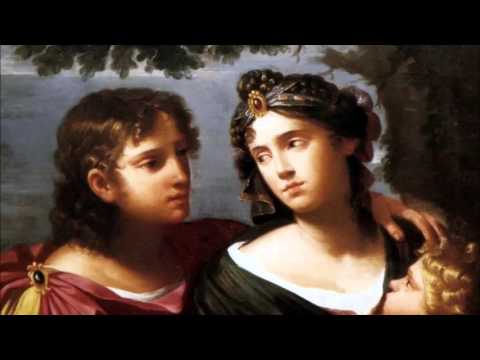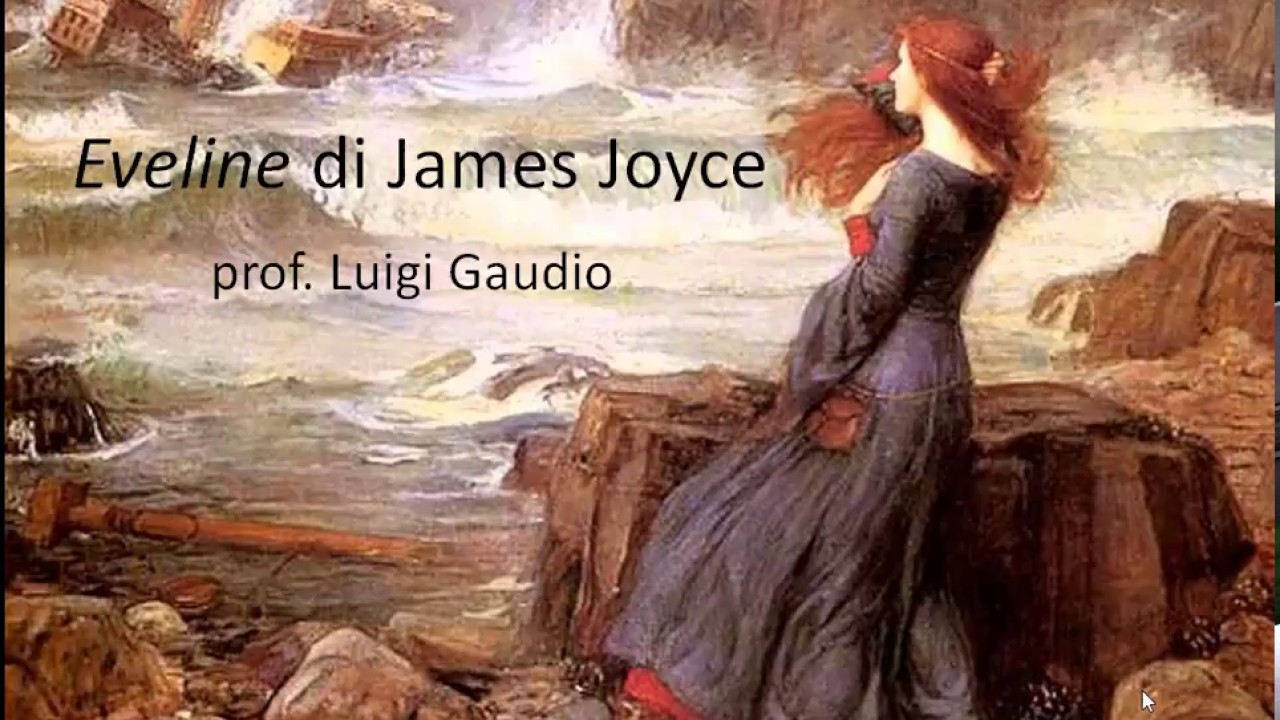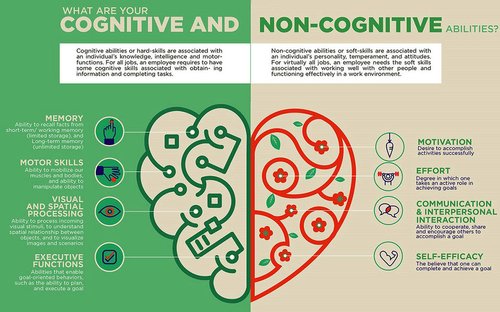


Bibliografia della tesina Le tenebre dell’odio e della paura: l’Europa…
27 Gennaio 2019


La follia
27 Gennaio 2019LIFE:
James Joyce was born in Dublin in 1882. He was educated at Jesuit schools, including University College, in Dublin. Here he studied French, Italian and German languages and literatures and English literature. Some of the writers he admired most during his university years were Dante, considered his “spiritual food”; D’Annunzio, whose lyrical prose he found remarkable.
Joyce believed that the only way to increase Ireland’s awareness was by offering a realistic portrait of its life from a European, cosmopolitan viewpoint. Determined to turn his back on Ireland and establish himself on the continent he spent some time in Paris, but his mother’s fatal illness in 1903 brought him back to Dublin. In June 1904 he met and fell in love with Nora Bamacle. They moved to Italy, settling in Trieste where Joyce began teaching English and made friends with Italo Svevo. Apart from a short period during which he worked as a bank clerk in Rome, they and their two children, Giorgio and Lucia, remained in Trieste until 1915.
The years in Trieste were difficult, filled with disappointment, frustration, due to his daughter’s schizophrenia, and financial problems, so that Joyce had to rely heavily on his brother. He published in this period Dubliners (1914), a collection of short stories about Dublin and Dublin’s life. In 1914 Joyce he moved to Zurich together with his family, since his position as a British national in Austrian-occupied Trieste left him no alternative. Joyce returned to Trieste after the war, but in 1920 he settled in Paris. By the time, Hitler’s advances in Europe obliged the Joyce to flee from France to neutral Switzerland where he died in January 1941.
DUBLINERS:
The origin of the collection:
The collection consists of fifteen short stories, about Dubliners; they disclose human situations, moments of intensity and move to a moral, social, or spiritual revelation.
From the beginning he thought the stories should portray some characteristic situations, which could reveal the historical, social and psychological forces that conditioned the life of Dubliners to lead them to so much moral and psychological analysis.
He described his work as “a chapter in the moral history of my country, the centre of paralysis”.
The stories are arranged into four groups, as Joyce explained:
Childhood (The Sister, an Encounter, Araby)
Adolescence (Eveline, After the race, Two gallants, The Boarding House)
Mature Life (A Little Cloud, Counterparts, Clay, A Painful case)
Public Life (Ivy Day in the Committee Room, A Mother, Grace)
The Dead is a longer story and can be considered Joyce’s first masterpiece.
Joyce’s conception of the artist:
Influenced by Flaubert, Joyce thought that the artist, free from all moral, religious or Political pressures, ought to be not omniscient but invisible in his works, in the sense that he mustn’t express his own viewpoint in order to give back to the readers a true image of society.
Symbolism in Dubliners:
Moreover, Joyce’s realism is combined with symbolism, since external details generally have a deeper meaning.
This sense comes out through the use of the Epiphany, a sudden spiritual manifestation caused by a song, a photo or by particular situation, by which the character comes to a self-realisation about himself or about the reality surrounding him.
One of the best examples of Epiphany can be found in “The Dead”, the last of the stories in “Dubliners”.
Gretta Conroy, in fact, cries listening to a song sung by Michael Furey, who died for her love when he was just seventeen.
This leads Gabriel, Gretta’s husband, to realize the futility of the lives surrounding him and the fact that Gretta has always compared him to Michael Furey.
Paralysis in Dubliners:
Another important theme faced in Dubliners is Paralysis, whose centre is Dublin. All the Dubliners, in fact, are spiritually weak and fearful people.
They are slaves of their familiar, moral, cultural, religious, and political life.
They are characterized by a strong narrow-mindness because oppressed by useless and cruel rules and by a provincial Church, which has taken possession of their minds.
The Sister in which Father Flynn’s two sisters are strictly linked to the theme of simony represents an example of Paralysis.
Escape in Dubliners:
Moreover, this sense of stagnation, immobility causes in Joyce’s Dubliners a deep desire to escape from their country, in order to live a more intense and creative life.
But none of them is destined to succeed; none of them will ever be able to live really.
All of them, in fact, will continue to look, as through a window, the other people living, talking part in social life.
That is because the Dubliners are too afraid to break the chains that bind them (see the protagonist in Eveline, who will not be able to escape with her boyfriend from her home because she reminds of the promise, made to her dead mother, of taking care of her family as long as possible).
Consequently, all of the characters, in the fifteen stories, feel a strong sense of frustration and of inability to relate successfully to each other, also by a sexual point of view (The Dead, for example, presents the failure of love in marriage).
Realism in Dubliners:
The description is naturalistic, extremely concise but detailed.
The style of the book, in fact, is made realistic by a wide range of details, by the expl’oration of the characters’ impressions and viewpoints, by a frequent use of the direct speech and the interior monologue.
The linguistic resister is varied, since the language changes according to social class and the role of the characters.
The characters are also unable to relate successfully either to each other or with the world; if Dubliners are paralysed in their relationship, their paralysis is often of a sexual nature.
EVELINE:
Summary
Eveline is a nineteen years old girl who is planning to leave Ireland forever with a sailor whose name is Frank.
Her old father dislikes him and often threatens her with violence accusing her of squandering his money.
Eveline lives alone with him as her brother has gone away (one died) and her mother died after life of sacrifice.
It is the memory of her mother’s craziness before dying which wins he uncertainty to leave Ireland and her father alone.
At the station with the boat ready to leave she is paralysed Frank will have to leave alone.
Narrative technique.
-Attempt the stream of consciousness: at the beginning there is a continuo shift from past to present to future.
-Epiphany: the meaningless words of Eveline’s mother are a metaphor of the sacrifices of the woman.
-Symbolism:
1. Dust: nothing changes in the house (paralysis)
2.Broken harmonium: lack of harmony in Eveline life in contrast to the happiness of her childhood
3.Portholes: light indicates that, that of leaving Ireland is the right direction to follow (in contrast to the Fading light of Eveline’s room)
Main themes:
-Escape: she has every reason to leave.
1. She has to work hard and is accused of squandering money
2. Her father abuse to her
3. Nobody protects her
4. Perspective of living the same life as her mother’s She has been given a chance
-Paralysis: cause the feature of her escape continuous shift from living and not living . Eveline is a passive character
-Feature: frank is considered by Eveline as a father more than as an object of desire
dalla tesina multidisciplinare esame di stato 2005 di Elisa Cerri
Il cammino dall’infanzia all’adolescenza




